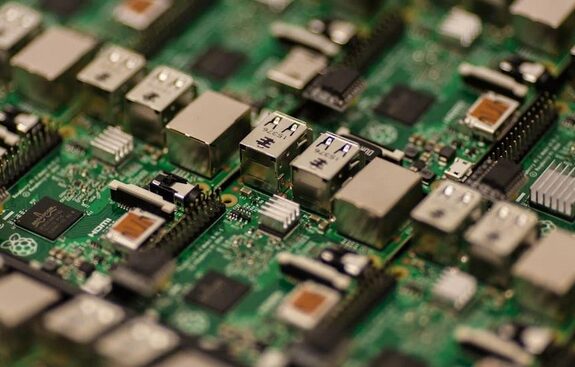In the world of microcontrollers, registers play a crucial role. They are not only key components for data storage and processing but also the core of various operations performed by the microcontroller. Based on type, they can be divided into program memory, data memory, and special function registers.

1. Program Memory
Program memory, as the name suggests, is where the microcontroller’s execution programs are stored. It mainly holds programs, tables, and constants composed of machine code.
Before executing tasks, the microcontroller must first convert the written program into machine code and store it in the program memory. For the 8051 microcontroller, it has 4KB of internal ROM for storing programs, with an address range from 0000H to 0FFFH. If external memory is used, the address numbering will start from 1000H.
2. Data Memory
Data memory primarily stores the input data for processing. In the 8051 microcontroller, the internal data memory consists of 256 units, with an address range from 00H to FFH. Among these, 00H-7FH is internal RAM used for temporary data and intermediate results; 80H-FFH is the special register area, which stores special function registers and stack.
Overall, data memory supports byte addressing and also has bit addressing capabilities.
3. Special Function Registers
Special function registers (SFR) not only reflect the status of the microcontroller but also can be used to control the internal functions of the microcontroller.
In the 8051 microcontroller, the address range for SFR is 80H to FFH, containing a total of 21 special function registers. Some of these registers are directly related to the microcontroller’s pins and are used to control input and output, while others are used to control various internal functions such as timers and counters.
This article is an original piece by Fan Yi Education. Please indicate the source when reprinting!